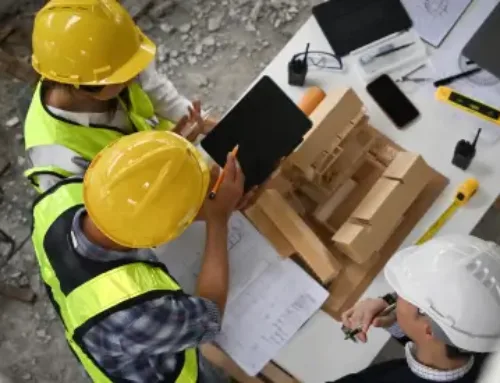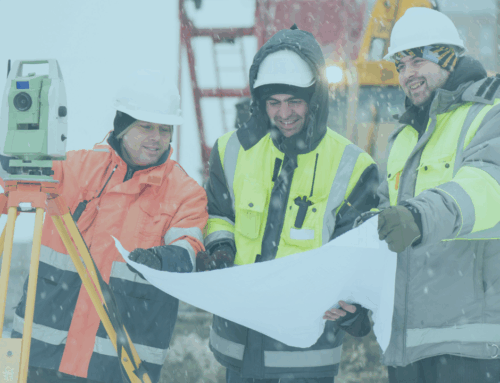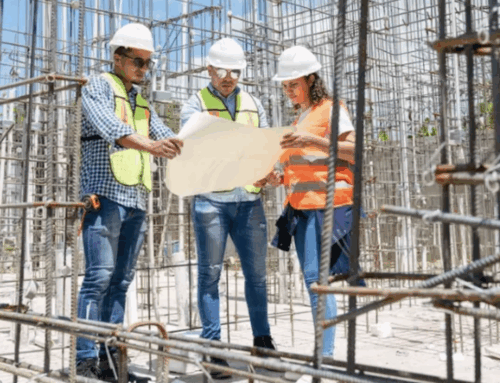By: Kelly Jackson, Executive Director, SLC3
In the dynamic and often hazardous environment of construction, situational awareness (SA) is a critical skill that can prevent accidents, enhance productivity, and ensure the smooth execution of projects. Whether you’re an engineer, project manager, or tradesperson on-site, having strong situational awareness is essential for navigating the complexities and dangers of the construction industry.
What is Situational Awareness?
Situational awareness refers to the ability to perceive and understand what is happening around you in real-time, to recognize potential hazards, and to predict future outcomes based on current conditions. In construction, it involves being fully aware of your surroundings, equipment, workforce, and environmental factors, all of which can affect the safety and efficiency of a project.
There are three key components to situational awareness:
- Perception of the Environment: The first step is recognizing the key elements in your surroundings, such as other workers, equipment, and materials, as well as environmental factors like weather or unstable ground.
- Comprehension of the Situation: This involves understanding how the elements around you are interacting and what risks or opportunities they might pose.
- Projection of Future Status: Based on what you see and understand, situational awareness enables you to anticipate what could happen next and take proactive steps to either mitigate risks or optimize outcomes.
Why Situational Awareness is Important in Construction
- Safety: The construction industry is one of the most hazardous professions, with risks ranging from falling objects, heavy machinery, electrical hazards, and working from heights. Being aware of these dangers is critical for preventing accidents. Workers with strong situational awareness can quickly recognize and respond to potential safety threats, preventing injuries or fatalities.
- Efficiency: Projects with team members who lack situational awareness often experience delays, miscommunication, or unnecessary accidents. For instance, an operator who doesn’t notice a colleague entering their blind spot while maneuvering equipment could cause costly delays. On the flip side, individuals who understand their environment can make decisions that increase productivity and reduce downtime.
- Risk Management: In construction, variables like weather conditions, material delays, and personnel changes can disrupt project timelines. Situational awareness helps supervisors and managers foresee these risks and adjust plans in real-time, ensuring that projects stay on track despite potential setbacks.
- Team Coordination: Effective collaboration on a construction site requires that everyone is on the same page. If one worker isn’t aware of what another team is doing, it can result in conflicting actions or accidents. Situational awareness fosters better communication and synchronization among the workforce.
Signs of Strong Situational Awareness
- Constant Scanning of the Environment: Workers with good situational awareness are always scanning their surroundings, paying attention to what’s happening around them and looking for changes that could indicate a potential issue.
- Clear Communication: They consistently communicate their observations to others. Whether it’s a supervisor alerting workers about a crane’s position or a worker telling a colleague to be cautious of nearby machinery, clear and timely communication is a sign of heightened awareness.
- Anticipating Problems Before They Occur: Employees with strong SA don’t just react to problems—they anticipate them. They might recognize that a wet floor could lead to slips, or that gusty weather could interfere with overhead crane operations, taking steps to mitigate risks before they escalate.
- Calm and Decisive Under Pressure: When an unexpected problem arises, individuals with situational awareness maintain their composure, assess the situation, and make informed decisions quickly. Their ability to process information efficiently under pressure is a key indicator of strong SA.
How to Improve Situational Awareness in Construction
- Training and Education: Continuous training on situational awareness helps workers develop the skills needed to stay alert and respond effectively. This can include safety drills, hazard recognition courses, and scenario-based training that simulates high-risk situations.
- Pre-Task Planning: Encourage the habit of pre-task planning, where workers assess the risks of the job before starting work. A Job Hazard Analysis (JHA) or similar process helps identify potential dangers and sets a framework for staying vigilant throughout the task.
- Use of Technology: Construction sites are increasingly adopting technology like drones, wearables, and augmented reality (AR) to enhance situational awareness. These tools provide real-time data on site conditions, helping workers make informed decisions and spot hazards more easily.
- Promote Communication: Fostering an open communication culture is vital. Workers should feel comfortable speaking up when they notice something unsafe or unusual, and they should be encouraged to share updates on changing site conditions or risks.
- Fatigue Management: Situational awareness diminishes when workers are fatigued. Implementing policies to manage work hours, ensure proper rest, and provide breaks can significantly improve awareness and safety on-site.
- Mindfulness and Focus: Encourage workers to be mentally present and focused on the task at hand. Distractions, whether mental or physical, can lead to accidents. Some companies have adopted mindfulness practices to help employees stay focused, particularly in high-stress environments.
Conclusion
In construction, situational awareness is much more than just paying attention; it’s an active process of perceiving, understanding, and anticipating what’s happening around you. This awareness is critical for safety, efficiency, and successful project outcomes. By promoting situational awareness through training, technology, and strong communication practices, companies can reduce accidents, improve workflows, and create a safer, more productive environment for everyone on-site.
Sources: Psychology Spot, WikiHow, WeeklySafety.com





